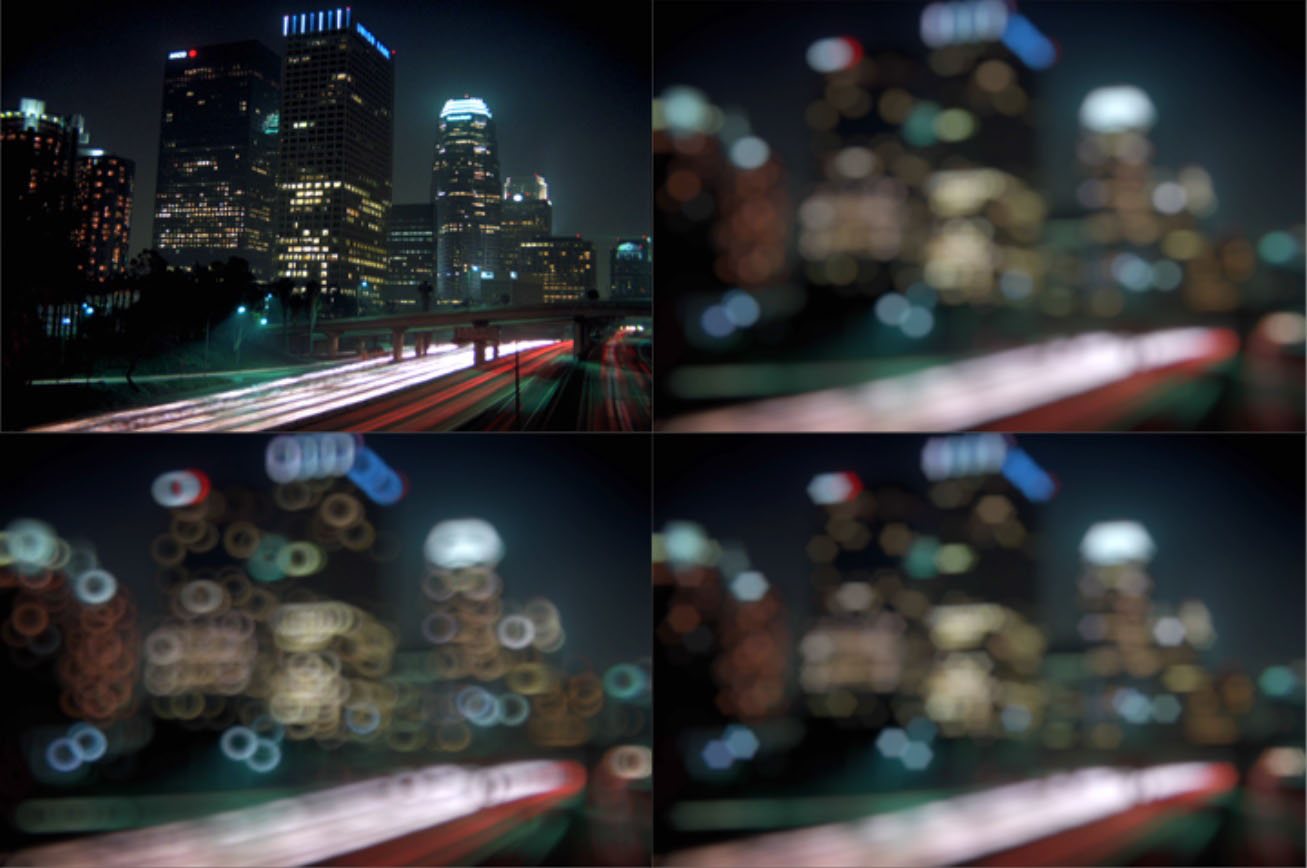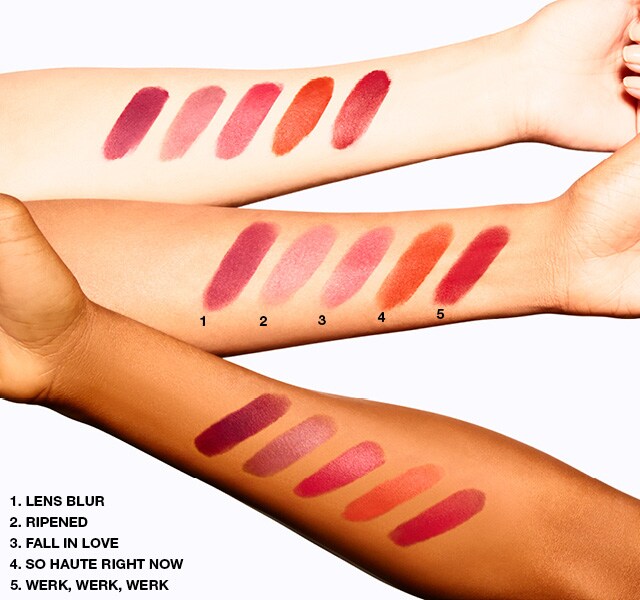

If necessary, you can select certain sections of the shadow and transform them independently to ensure the shadow connects to all parts of the object that touch the floor. Go to Edit > Transform > Distort to pull your drop shadow down to the floor.Īrtistic knowledge comes in handy here consider where the form shadows are on your object to determine which direction the cast shadow should fall naturally, and think about the vanishing point of your image to determine just how far you should distort the shadow. In your Layers palette, select the newly created drop shadow layer. A warning dialog box might pop up when you go to create the layer if so, just click OK. This will allow you to modify the shadow independent of the object. Go to Layer > Layer Style > Create Layer to separate your drop shadow from its layer. Step 5: Create a layer from your drop shadow Once you're satisfied with your Drop Shadow settings, click OK. The opacity, distance, spread and size levels are not that important right now as you’ll be adjusting all that later, but you can use the values in the screenshot below as a starting point. Create a drop shadow by setting your shadow color to your foreground color. With your isolated object layer selected, click on the fx button at the bottom of your layers palette and select Drop Shadow. Double click on the new foreground color to bring up the Color Picker adjustment dialog box.Īdjust your selected color to be a bit darker and less saturated by moving the selection down and to the left of the color field. The selected color will appear as your foreground color at the bottom of your Tools palette. Shadows have color, and you can look at form shadows on your object to determine what the color of your cast shadow should be.įind a form shadow within your object, and use your Eyedropper Tool to select that shadow.

In the example above, the background was created by overlapping several gradients on top of the fill color. By choosing Color from the dropdown menu, you have the option to choose a custom color. This layer will serve as your new background.įill the new layer with a color by going to Edit > Fill. Go to Layer > New Layer, or type SHIFT+CONTROL+N (SHIFT+COMMAND+N on a Mac) to create a new layer. In your Layers palette, select your hidden background layer. Step 2: Create a new background behind your isolated object This way, you’ll only be able to see your object against a transparent background.
SOFT SHADOW PALETTE LENS BLUR HOW TO
You can refer to our tutorial on how to use Magic Wand to isolate an object from its background.Ĭlick on the eye icon next to your background layer to make the background invisible.

Give your new layer a name that indicates the background has been removed (such as “isolated”) to avoid confusion with other layers as you create your shadows. Cut out the object in your photo and place it on a new layer. Once you’re in the new file, open your Layers palette by going to Window > Layers. Step 1: Isolate your object from the background
SOFT SHADOW PALETTE LENS BLUR PROFESSIONAL
Realistic shadows around objects make photographs look professional and believable.


 0 kommentar(er)
0 kommentar(er)
